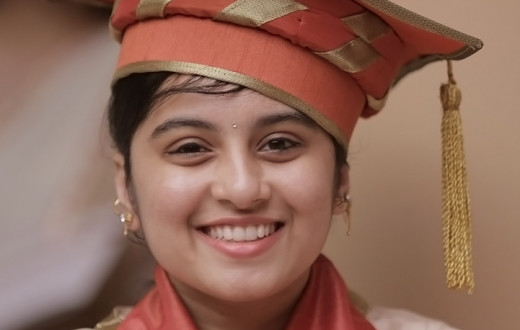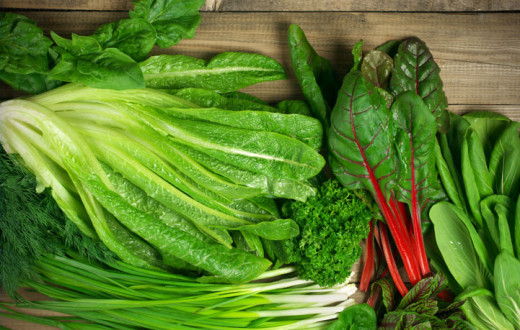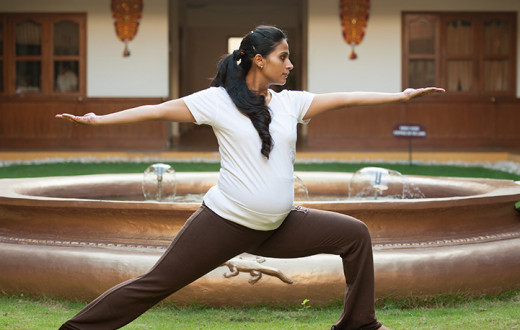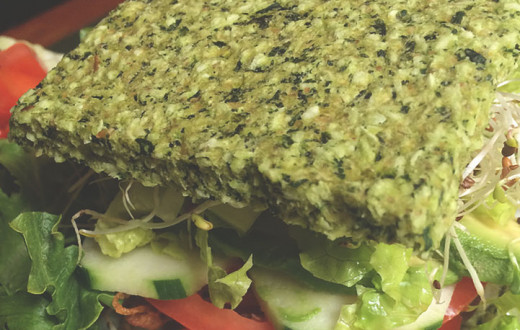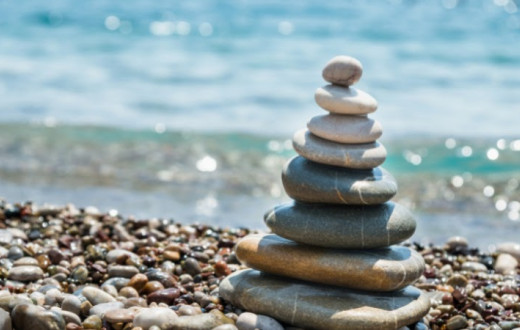The Inimitable Connection Between Dandiya, Garba and Navratri!
For those of us who are still inept at the art of properly grooving to the beats of Garba and Dandiya, the mere colors and gorgeous costumes are enough to incite us into trying it out once again. Because it is that time of the year when we get a chance to re-connect with family, friends, strangers and most importantly, our playful side.
Looking at the history of these two dance forms, both Garba and Dandiya originated in Gujarat, and are performed during Navratri. Why Navratri, you ask? Reason being these dance forms are a dramatization of the prolonged nine-day battle (sort of like a mock-fight) between the Goddess and Mahishasura (a mighty demon-king), which is what Navratri symbolizes too (the triumph of good over evil, even if that evil stems from our own cluttered mind). These nine days give us a chance to purify those negative thoughts and start afresh.
Traditionally, Garba is performed around a clay lantern with a lamp inside, which is called a 'Garbha Deep'. This lantern represents life; the fetus in the womb in particular. The vessel itself is a symbol of the body, within whom divinity resides. When the dancers move around in circles making circular movements with their hands and feet around this earthen pot, that gesture symbolizes the circle of life, which moves from life to death to rebirth, leaving only the Mother Divine unmoved, unchanging and invincible.
Garba has a more devotional appeal since it's performed to bhajans and chants, praising the many divine forms of the Goddess before the aarti is performed. On the other hand, Dandiya is usually played during the late evening, after the aarti is done, as a form of celebration. And the sticks used during Dandiya represent the sword of Goddess Durga, which is why this dance form is also known as 'The Sword Dance.'
Even though it's interesting to know why we perform these rituals every year, what really matters is how incredible it feels to gather around for nine days, full of joy and love, and of course, devotion, directed not just to the Goddess, but also to being alive and grateful for all that we've been blessed with.

Significance of Ayudha Puja
Ayudha puja is performed to honor and feel grateful for all the instruments that add meaning to our life.
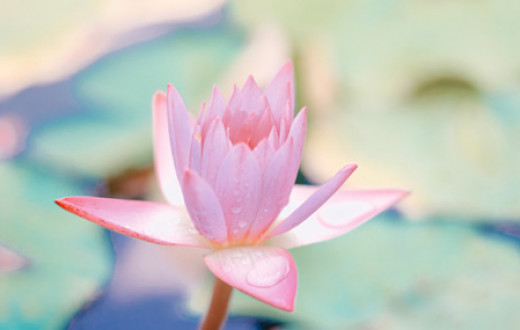
Lalitha The Vibrant One
Get to know Lalitha – the scintillating and dynamic expression of the Self, as described in the Lalitha Sahasranama.

What to do during Navratri?
Transition from sound to silence, from movement to stillness with this guide on what to do during Navratri.

Tips for Fasting
Fasting during Navratri is highly auspicious. Fast the right way with our guide on tips to fasting during Navratri.

